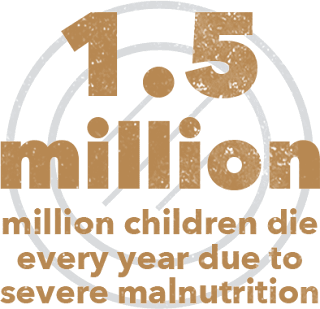GLOBAL POVERTY AND HUNGER FACTS AND FIGURES ABOUT WOMEN
Women make up about 43% of the agricultural labor force in developing world on average.
Should women have equal access to productive resources as men, they could increase yields on their farms by 20% to 30%, raising total agricultural output in these countries by 2.5% to 4%. This has the tendency of reducing the number of hungry people in the world by around 12% to 17%.
Evidence highlights that when more income is put into the hands of women, child nutrition, health and education improves.
Women in Sub-Sahara Africa collectively spend about 40 billion hours a year’s collecting water.
Women account for less than 20% of the world’s landholders.
Women represent fewer than 5% of all agricultural landholders in North Africa and West Asia and 15% in Sub-Saharan Africa.
Approximately 70% of employed women in South Asia work in agriculture with women in Sub-Saharan Africa representing 60%.
Gender inequality is a major cause and effect of hunger and poverty.
An estimated 60% of chronically hungry people are women and girls
Women of nearly all races and ethnicities face higher rates of poverty than their male counterparts
Women of color are disproportionately represented among women in poverty
Single mothers have higher rates of poverty than married women, with or without children
Beginning at the age of 5, the poverty rates is higher among women than men over the course of their lifetimes
Women with disabilities have even worse rate of poverty compared with men with disabilities and women without disabilities
Women and girls represent 60% of all under nourished people globally
70% of the world’s 1.3 billion people in poverty are women
At least 120 million women in developing countries are under weight
MAAGBOR WELISANE









Comments